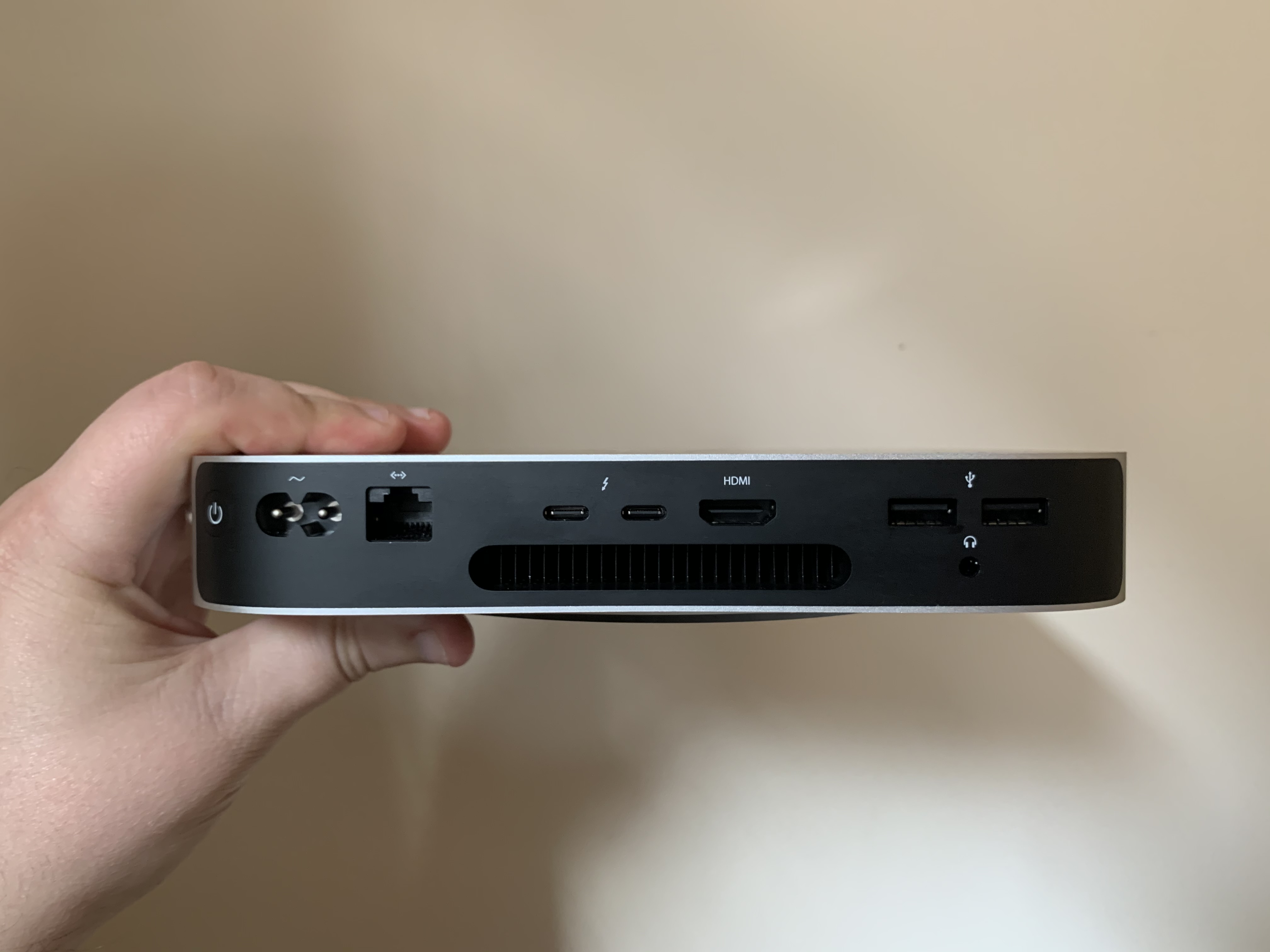
2009 MAC ETHERNET ARCHIVE
We duplicated a 1GB folder, created a Zip archive in the Finder from the two 1GB files and then Unzipped it.-Macworld Lab testing by James Galbraith, Blair Hanley Frank, Chris Holt, and Helen Williamson. We used Quake’s average-frames-per-second score we tested at a resolution of 1,024-by-768 pixels at the Maximum setting with both audio and graphics enabled. We converted 45 minutes of AAC audio files to MP3 using iTunes’ High Quality setting. In iMovie, we applied the Aged Film Effect from the Video FX menu to a one minute movie. We used Compressor to encode a 6minute:26second DV file using the DVD: Fastest Encode 120 minutes – 4:3 setting. We recorded how long it took to render a scene in Cinema 4D XL. Photoshop’s memory was set to 70 percent and History was set to Minimum. The Photoshop Suite test is a set of 14 scripted tasks using a 50MB file.

2009 MAC ETHERNET MAC OS X
The white MacBook and the MacBook Pros were running Mac OS X 10.5.7. Adobe Photoshop, Cinema 4D XL, iMovie, iTunes, and Finder scores are in minutes:seconds. Speedmark 5 scores are relative to those of a 1.5GHz Core Solo Mac mini, which is assigned a score of 100. All other tests are timed results where lower times are better. For Speedmark, Quake 4, and Call of Duty 4 higher scores are better.

Also, the Kensington lock slot has moved to the right side, next to the slot loading 8x SuperDrive.īest results in bold. These two additions do come at the cost of separate audio in and audio out ports, which are replaced with a combined optical digital output/headphone out port that can be switched to be an analog audio line in (it works with theĪpple Stereo Headset that comes with the iPhone).

On the left hand side, the new 13-inch MacBook Pros have a MagSafe power connector, Gigabit Ethernet port, Mini DisplayPort, two USB 2.0 ports, and the previously mentioned FireWire 800 port (Amen!) and SD card slot. Unfortunately, there isn’t an anti-glare screen option for the 13-inch MacBook Pro. In everyday use, its hard to imagine the new system’s viewing angle being a problem. Interestingly, the viewing angle seemed a little better on the older screen, though only at fairly extreme angles.
2009 MAC ETHERNET PRO
Looking at a batch of photos on the new 13-inch MacBook Pro models and the older 13-inch aluminum MacBook, bright colors like reds and oranges really stand out on the new laptops, making the previous display look a little muted in comparison. Apple claims that improvements made to the display and backlight have increased the color gamut by 60 percent.

They have the same precision-crafted aluminum unibody design as the aluminum MacBook, an iSight camera, and a glossy widescreen with a 1,280 by 800 pixel resolution. The new laptops look nearly identical to the aluminum MacBooks they replace. Both models ship with the same Nvidia GeForce 9400M graphic chip (which was used in the aluminum unibody MacBook) that share 256MB of main memory. The $1,499 model features a 2.53GHz Core 2 Duo processor, 4GB of 1,066MHz DDR3 RAM, and a 250GB 5,400 rpm hard drive. The $1,199 model has a 2.26GHz Core 2 Duo processor, 2GB of 1,066MHz DDR3 RAM, and a 160GB 5,400 rpm hard drive. The new 13-inch MacBook Pros is available in two standard configurations. After using OS X’s Disk Utility to format and create a GUID partition on a 8GB card, we installed Leopard on the card and were able to use it as a startup disk. Having an internal SD card reader is obviously handy for photographers and videographers whose cameras record to the popular SD format, but that’s not its only function-it can be used as a startup disk. And finally, the new 13-inch MacBook Pros now feature a Secure Digital (SD) memory card slot.


 0 kommentar(er)
0 kommentar(er)
